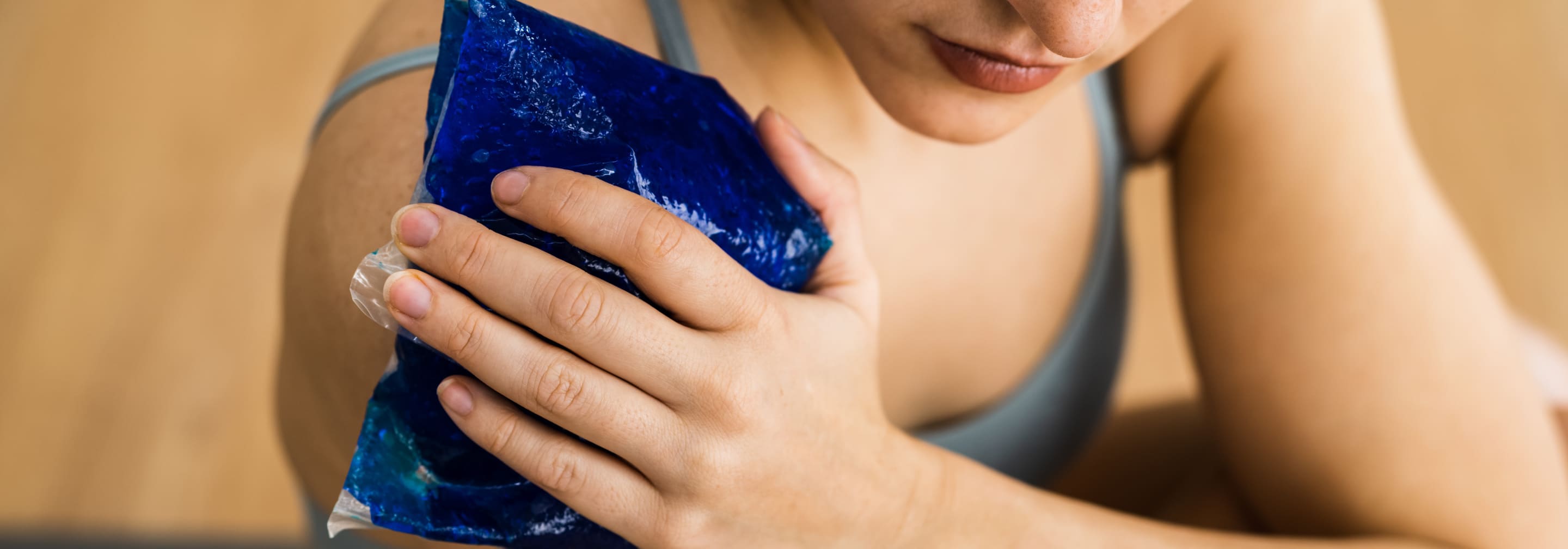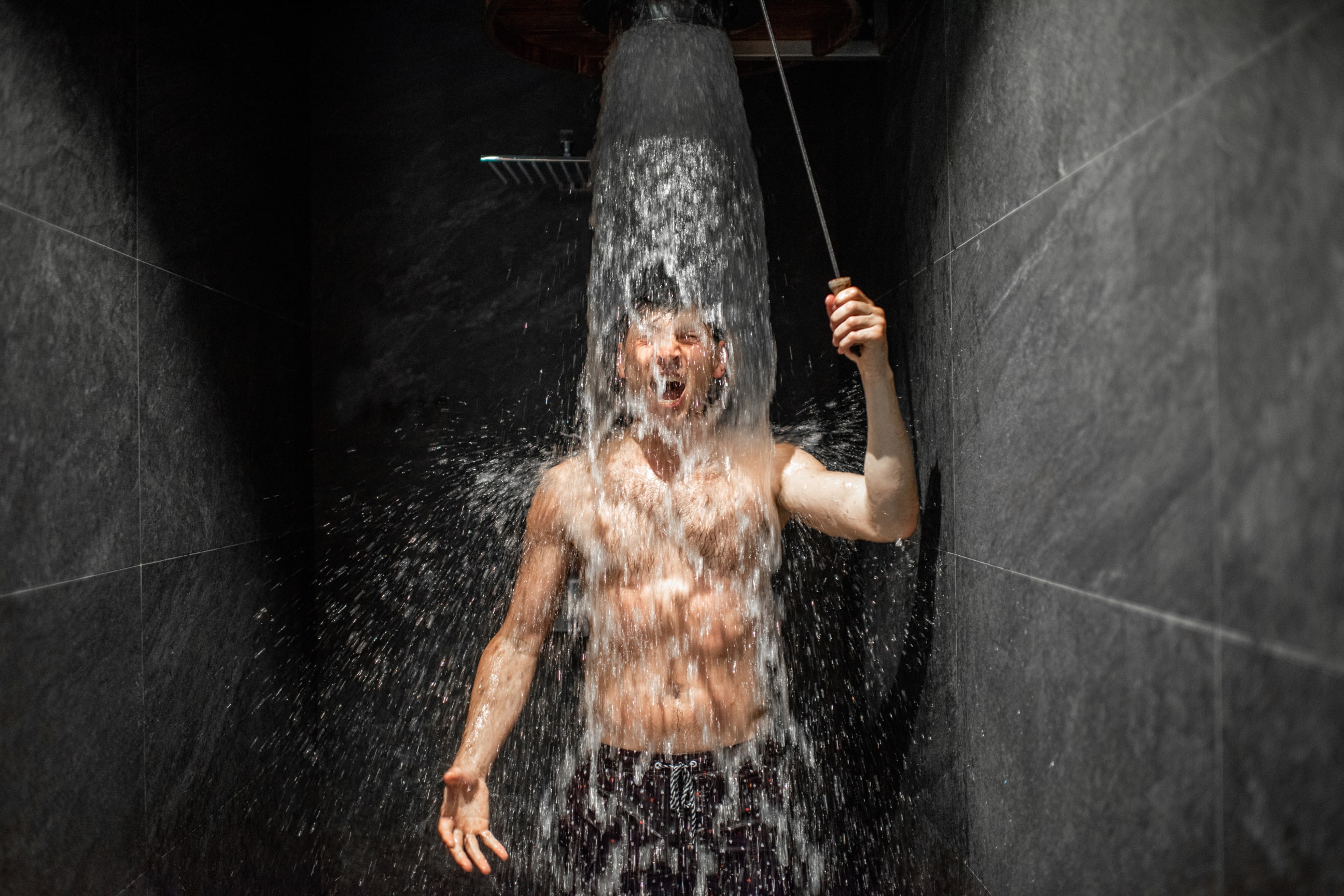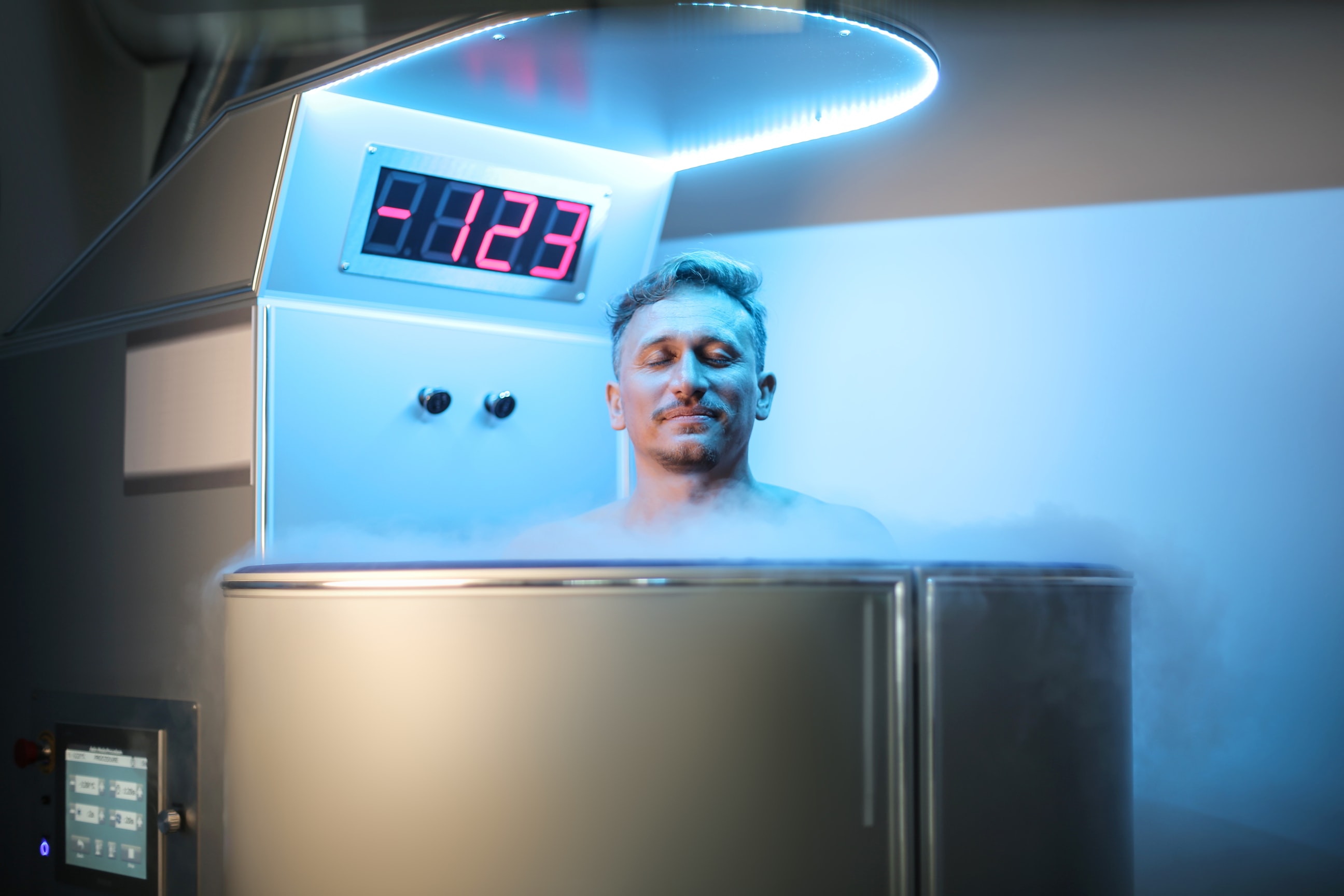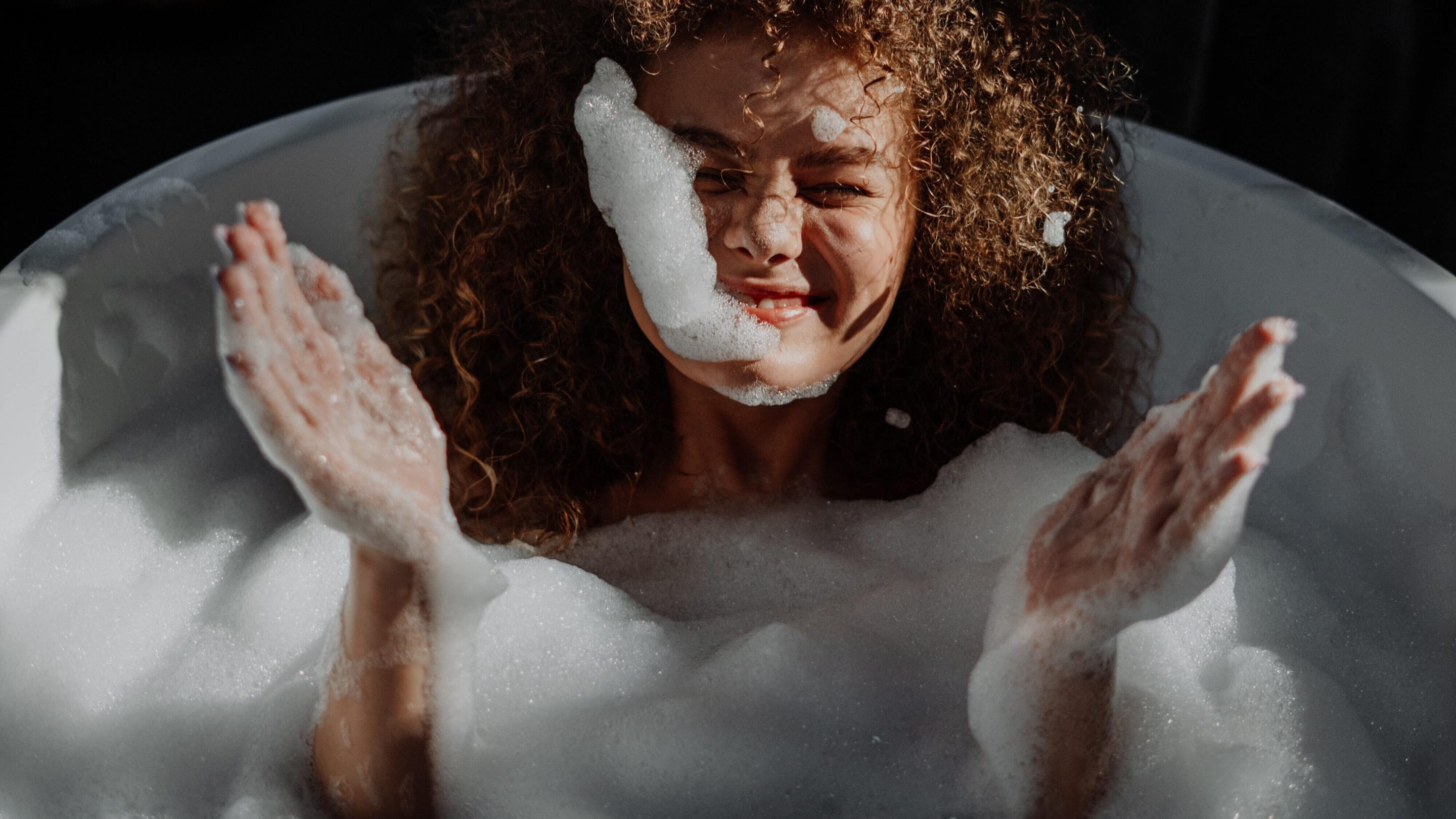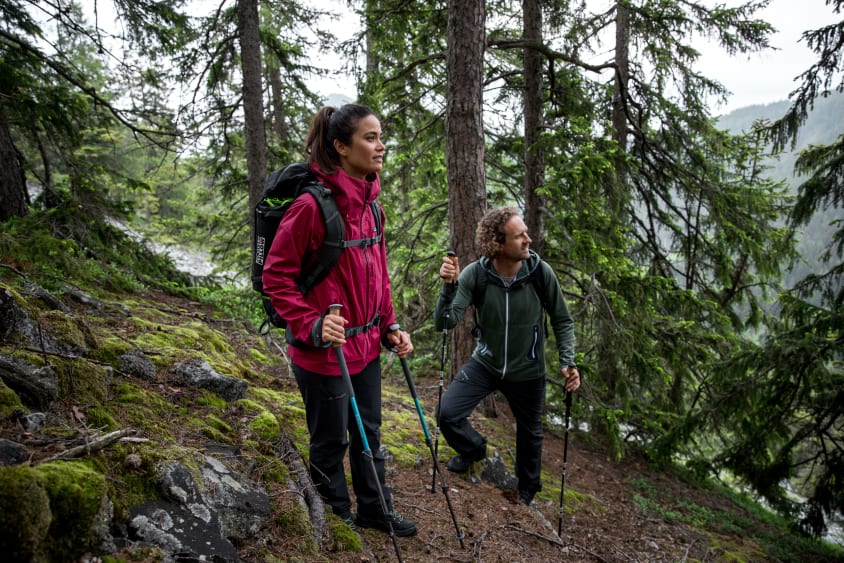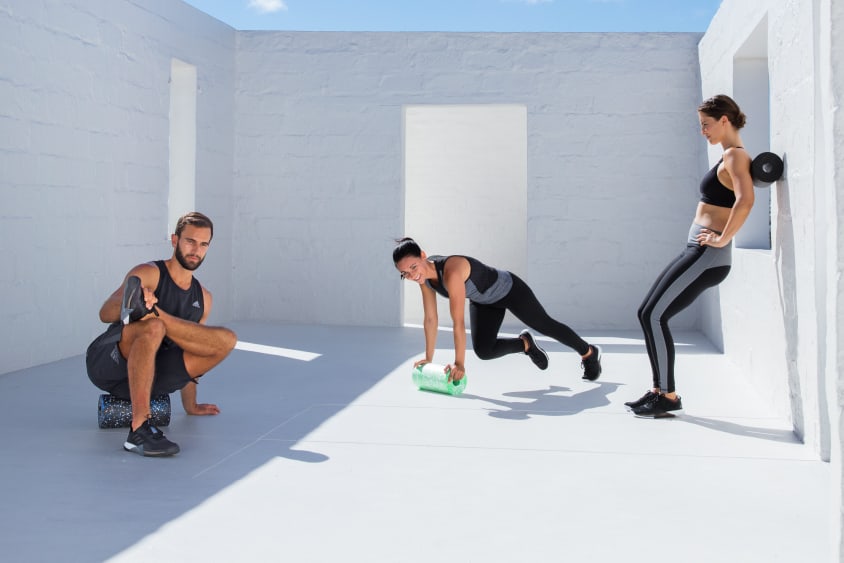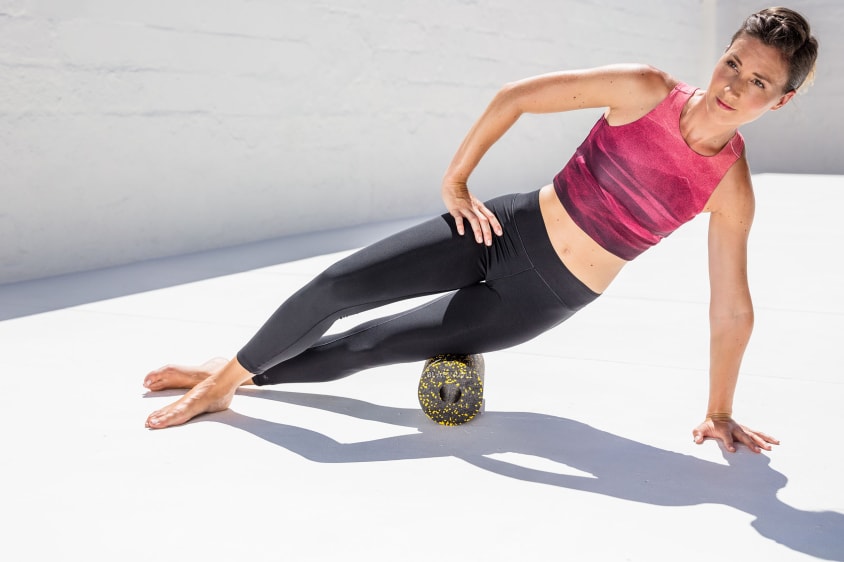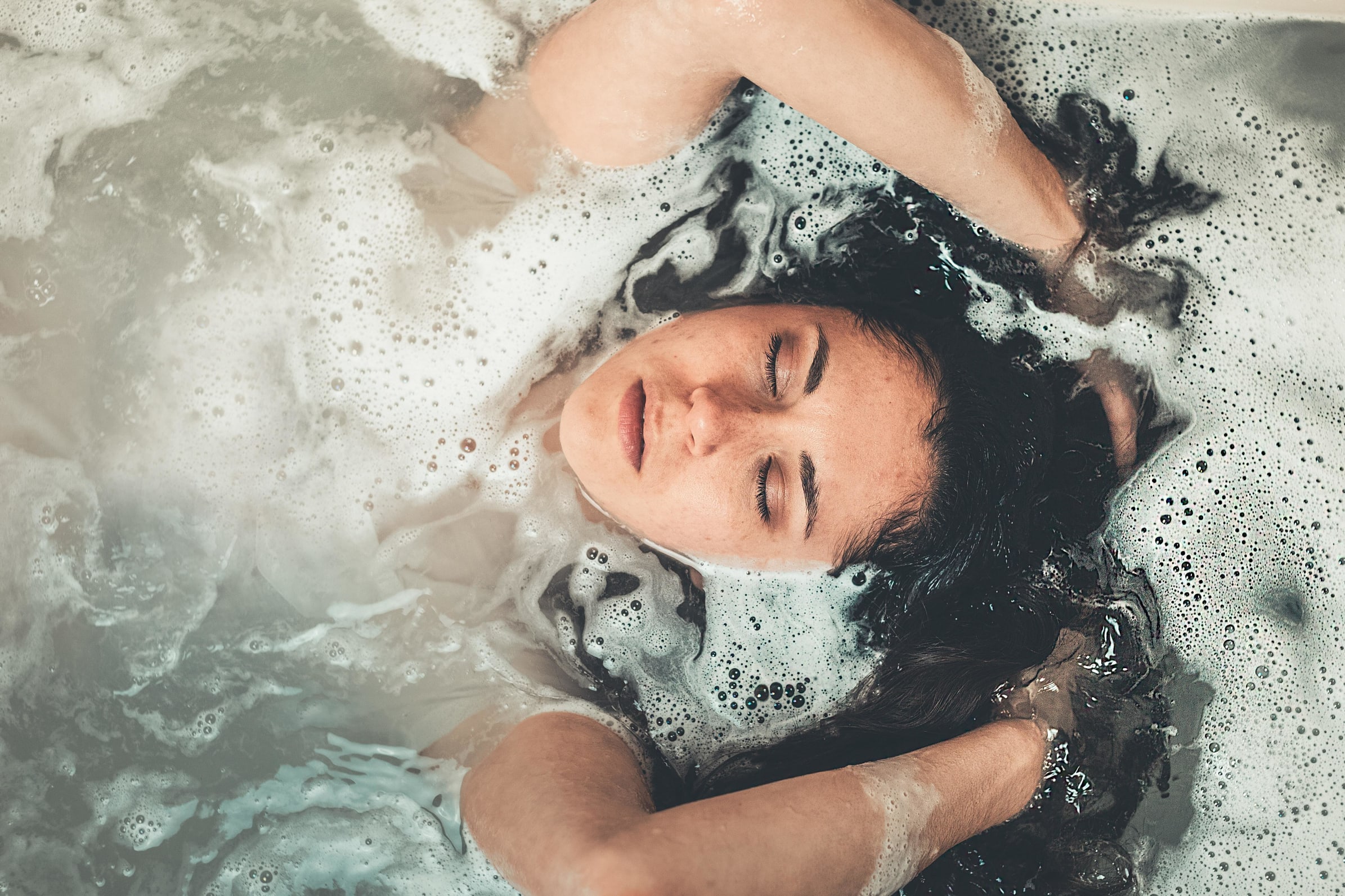
Thermotherapy – How you can use heat and cold to aid recovery

Activity and rest - people need both. After all, we feel tired after physical exertion. We then need to find relief in order to restore the balance. This works through both physical and mental recovery. Recovery is a basic requirement and the key to restoring balance.
Whether mental or after sport, you can actively promote and enhance recovery using thermotherapy, for example. This includes both heat and cold therapy, also known as cryotherapy. Both types of therapy have different effects on the body, including the skin, ligaments, tendons, muscles and fascia. It's also sensible to use different treatments at different times: sometimes fatigued muscles long for a hot bath, other times a cool pack works wonders. However, you simply need to know the effects that different temperatures have and how you can enhance your heat and cold therapy treatments.
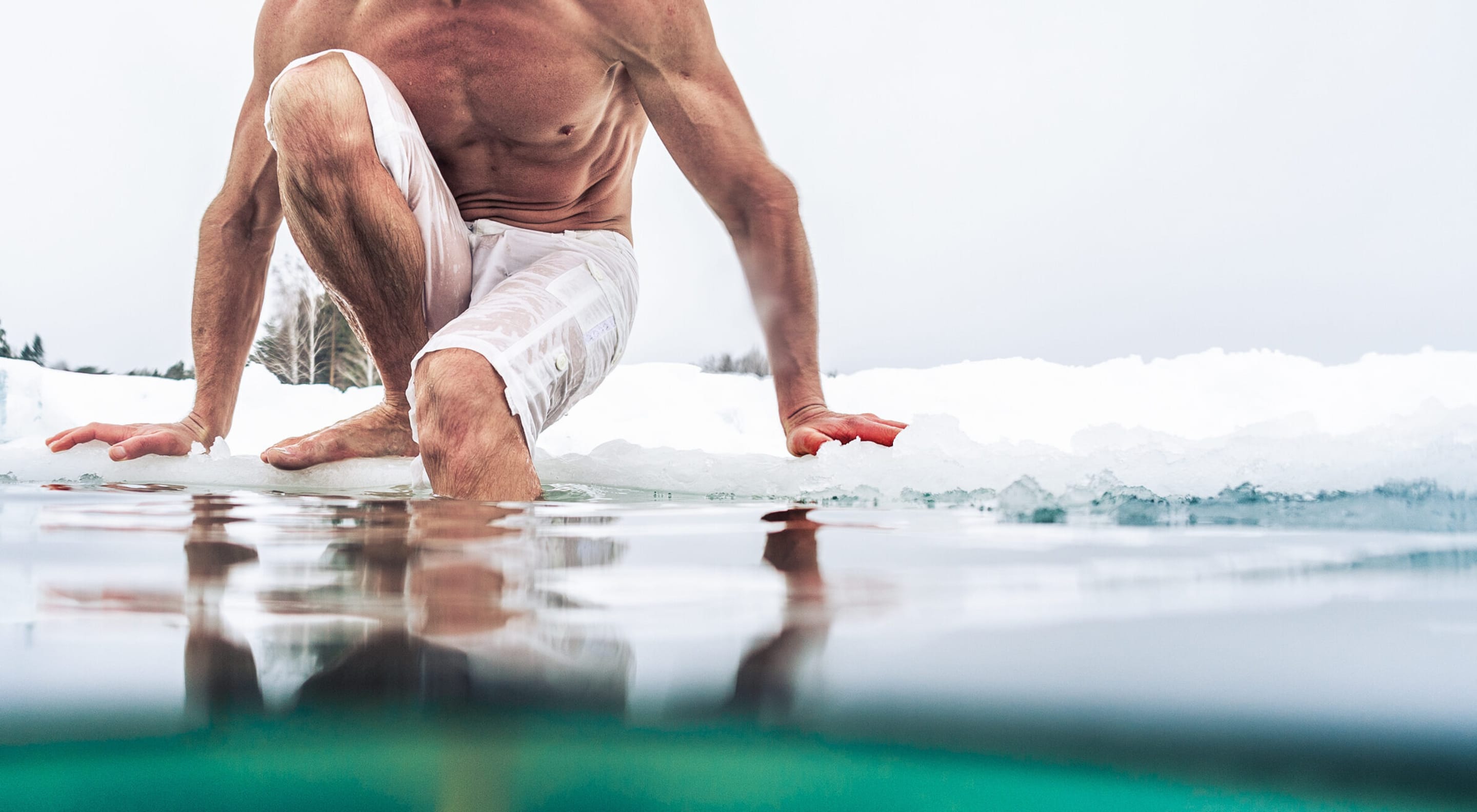
Recovery: How does cold therapy work?
Cold temperatures stimulate recovery as cold impacts muscle tension: a brief period of cold stimulus increases tension while a longer one relaxes the muscles. Cold therapy, also known as cryotherapy, can therefore help to relieve deep-seated tension.
During a cold treatment, your metabolism slows down and the blood vessels contract into the deeper layers of tissue. Cold therapy can therefore help to reduce inflammation. The pain caused by inflammation also results from increased blood circulation in the inflamed tissue. This slows down in cold temperatures and therefore reduces the feeling of pain.
Cold treatments can also help with numerous sports injuries: it temporarily reduces pain and swelling as less fluid escapes from the lymph and blood vessels.

How can you use cold for recovery?
There are various options for using the regenerative effects of cold. Classics include ice packs and cold compresses. An ice spray should always be on hand during training to quickly treat any sports injuries.
In winter, options involve plunging into an ice bath, a cold lake or cooling off in the snow. For those who prefer things a little less hardcore, a cold foot bath will suffice.
Cryochambers are also popular: this is a form of full-body cryotherapy which is also used in physiotherapy clinics, health clinics and spa facilities.Cryosaunas are also popular, particularly for competitive sports. These look like a barrel that you sit in with your head poking out. The barrel is filled with liquid nitrogen. This quickly cools down to -100°C. The surface of your skin is rapidly cooled down during this cryotherapy treatment while the core temperature of your body remains virtually the same.You can spend up to three minutes in the barrel.
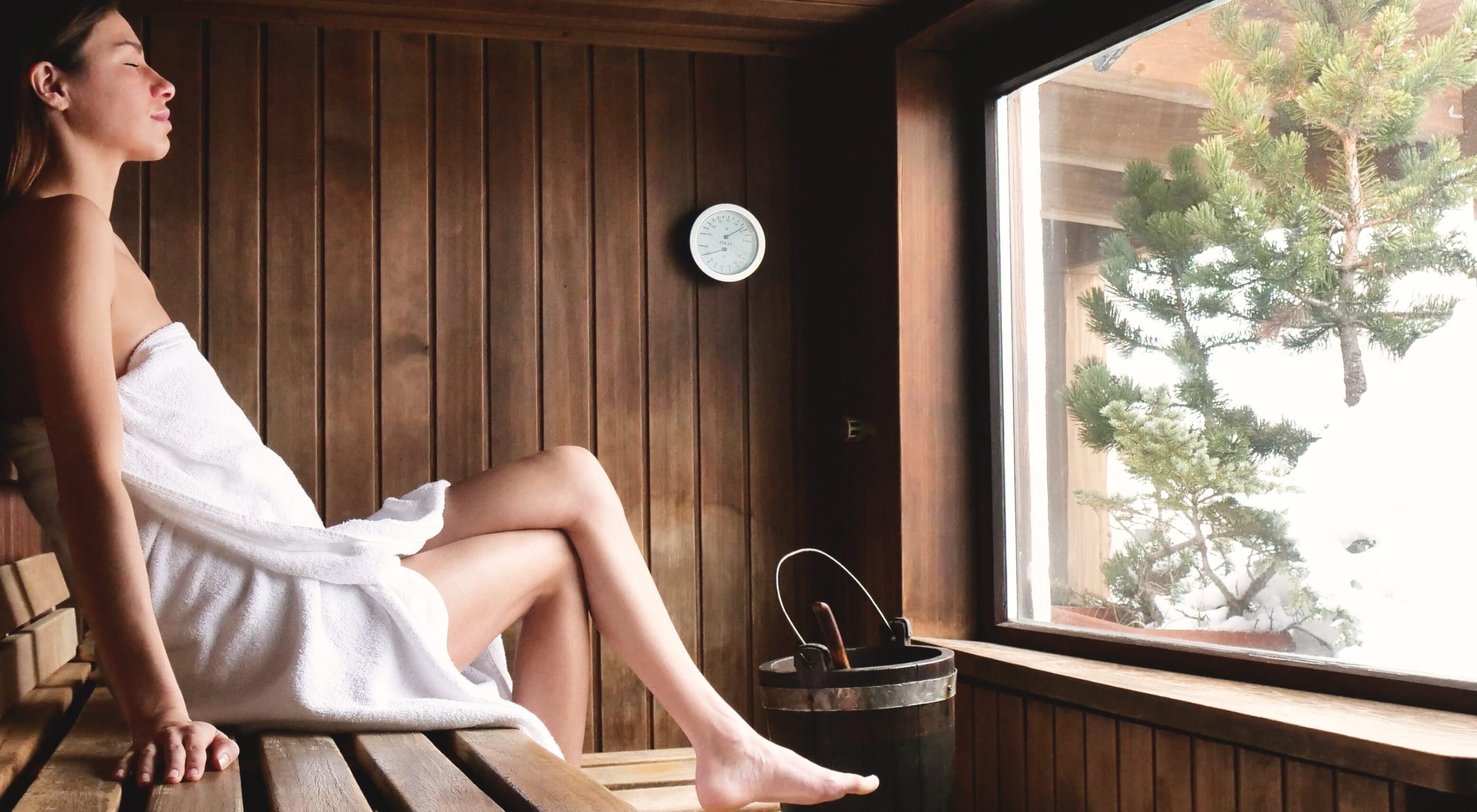
Recovery: How does heat therapy work?
Warm temperatures promote recovery as blood circulation is stimulated by heat treatments. This can be seen in a hot bath, where the blood supply to your skin increases and appears redder after just a short space of time. Good circulation is important for recovery and health, as the blood transports essential nutrients to all areas of your body. This postively impacts the healing and recovery process.
Heat can also improve the elasticity of your connective tissue and have a relaxing effect. It loosens tight muscles and fascia. You'll also notice this after a hot bath: your entire body and muscles feel supple and relaxed afterwards.
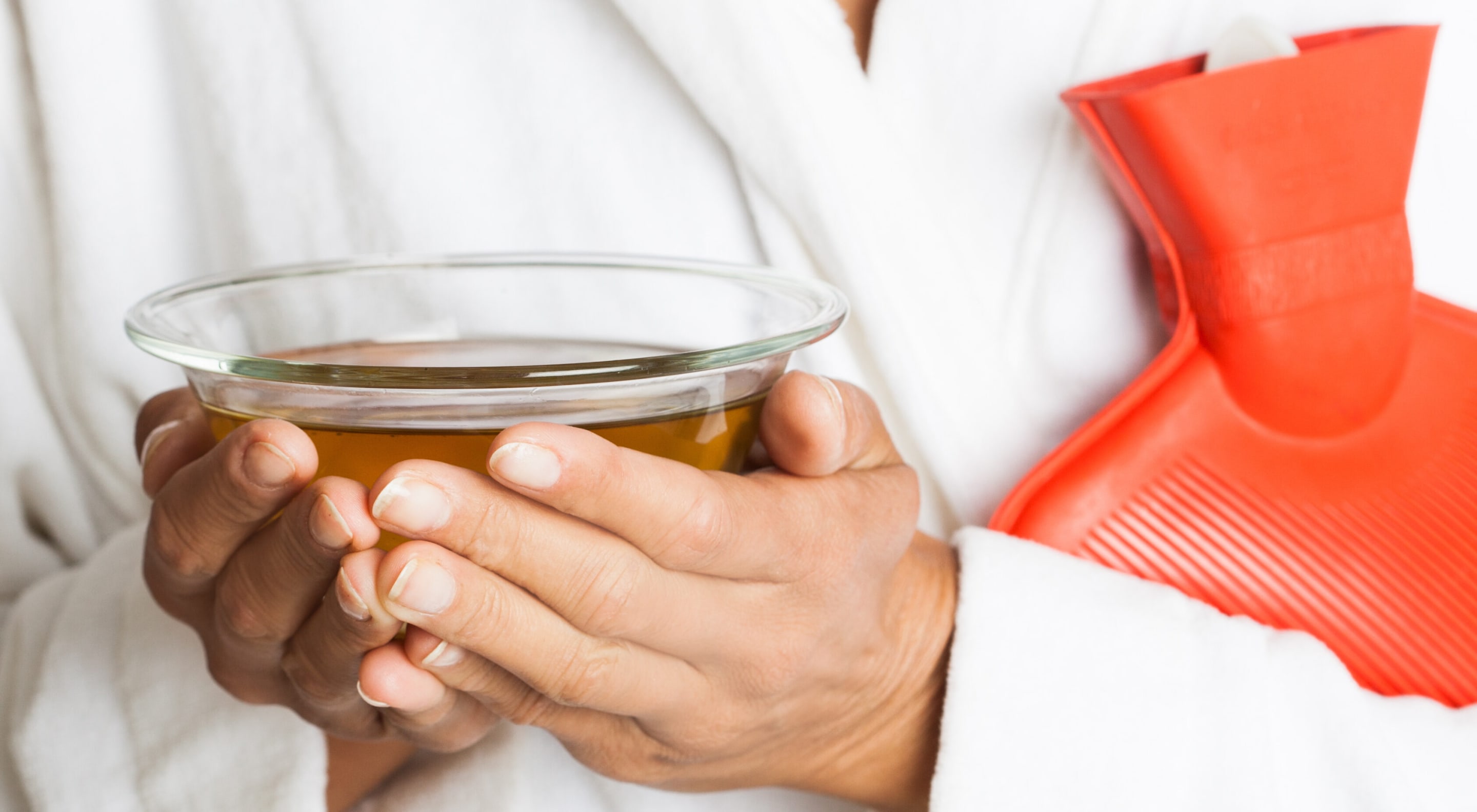
How can you use heat for recovery?
There are various options for using the regenerative effects of heat. Everyday classics include hot baths or a warm shower after sport. This helps prevent muscle ache. Saunas are also popular as a way of relaxing the muscles after intense activity.
Hot water bottles, cherry stone pillows, heat salves and pads provide relief for aching limbs. Heat therapy treatments using hot air, ultrasound or infrared rays are also an option.
Heat wraps such as mud, fango and moor wraps are particularly beneficial to the body and mind.
Self-massage using the BLACKROLL® also acts like heat: it stimulates blood circulation and releases tension in the muscles, tendons and fascia, actively contributing to your recovery.
05 When should you not use thermotherapy (cryotherapy or heat therapy)?
Both types of therapy have excellent effects on the body, including the skin, ligaments, tendons, muscles and fascia. They can support and enhance your recovery.
There are exceptions to this however: you should avoid thermotherapy if you have any cardiovascular diseases as strong fluctuations in temperature affect the heart. You should also avoid heat treatments if experiencing acute inflammation. Cryotherapy treatments should be avoided if you have circulation and sensitivity disorders.
Also important: always wrap the source of heat or cold in a cloth prior to use, regardless of whether it's an ice pack or hot water bottle.This helps avoid heat or cold-related damage to the skin.

